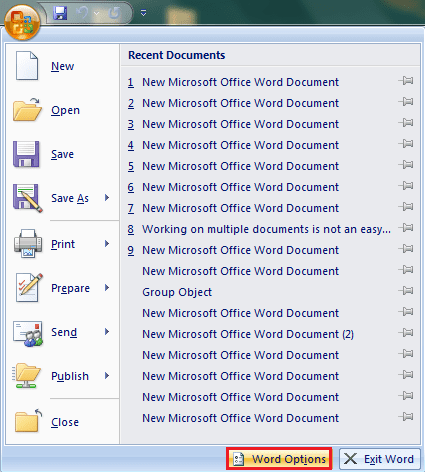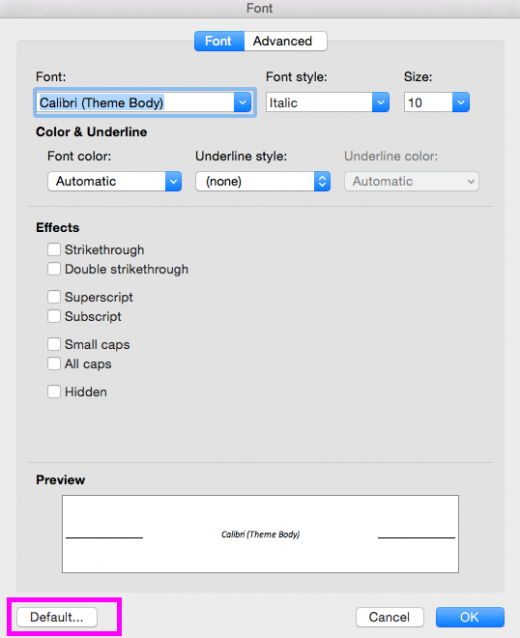

- #HOW TO CHANGE WORD DEFAULT SETTINGS HOW TO#
- #HOW TO CHANGE WORD DEFAULT SETTINGS UPDATE#
- #HOW TO CHANGE WORD DEFAULT SETTINGS MAC#
- #HOW TO CHANGE WORD DEFAULT SETTINGS WINDOWS#
#HOW TO CHANGE WORD DEFAULT SETTINGS WINDOWS#
The Track Changes settings are saved in the Windows Registry, in the Word data key. What is the mystery is where those settings are saved. In general, if you set options for Track Changes, those settings should be persistent they should be saved by default. How Track Changes operates can sometimes be a mystery.

She notes that her memory isn't improving, so she is wondering if Word provides a way to change the default settings for Track Change options. Despite this routine use, she frequently launches into editing without remembering to go to Track Changes options and re-select her standard set of features (e.g., the "Always" setting for the editing, blue font for insertions, etc.). This will ensure consistency between different parts of the document in question, which is especially important if your paper includes extensive footnotes.Diane uses Word's Track Changes feature with most documents.
#HOW TO CHANGE WORD DEFAULT SETTINGS UPDATE#
#HOW TO CHANGE WORD DEFAULT SETTINGS MAC#
This also allows you to use different language settings in different parts of the same document, if required.Īlternatively, you can quickly select all of the text in a document using “Ctrl + A” (or “Cmd + A” on Mac computers), then apply a new language as described above. You can do this by selecting the passages you want to check and using the steps outlined above to pick a new proofing language. Thank you for subscribing to our newsletter! If you’re applying new language settings to an existing document rather than starting from scratch, you’ll need to select the text you want to modify first. For American English, the correct option is “English (United States).” If you click “Set as Default,” the same settings will be applied to all new documents. In the new window, select your chosen language and click “OK”Įither approach will ensure the spellchecker looks for spellings specific to your region.Click on the language section of the blue bar at the bottom of your document (this will display the current language settings by default).The second option is possibly even simpler: Choose the language required in your document from the new window and click “OK”.Click on “Language” and select “Set Proofing Language…”.Go to the “Review” tab and find the “Language” section.The first is to use the “Review” tab on the main ribbon: There are two main ways to set the language of a new document in Microsoft Word. Luckily, changing the language in Microsoft Word is a quick and simple process. This is vital because even regional variations of English can differ in spelling, which means the automatic spellchecker will miss mistakes if the wrong settings are used.
#HOW TO CHANGE WORD DEFAULT SETTINGS HOW TO#
First, though, you’ll need to know how to change the language settings. The automatic spellchecker in Microsoft Word is far from perfect, but it can be useful for spotting mistakes in your written work.

Changing the Language Settings in Microsoft Word


 0 kommentar(er)
0 kommentar(er)
